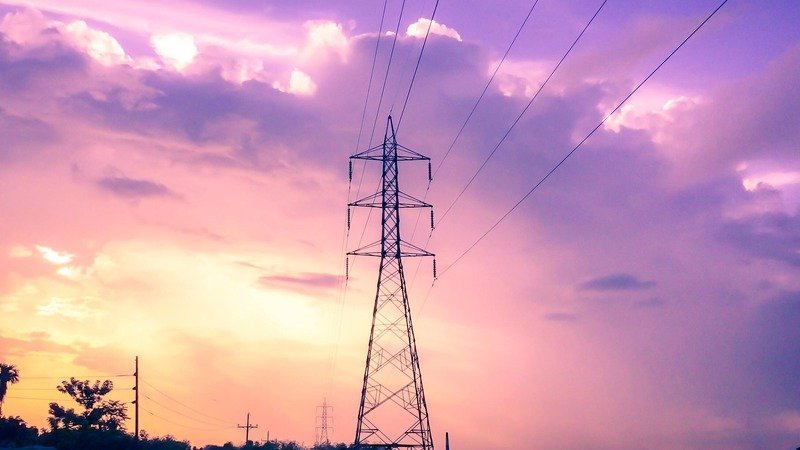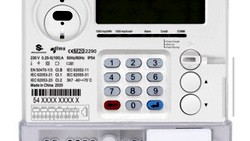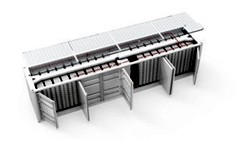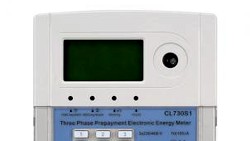The development and use of smart grid technologies is now one of the largest challenges in electrical engineering. Environmentally friendly smart grid technology has the potential to restore stagnating economies and transform how electricity is distributed to customers worldwide, driven by the global desire for greener technologies and alternative energies.

How to understand the Term 'Smart Grid'
Since twenty years, an electrical supply system that is intended to increase operational effectiveness and give possibilities for incorporating distributed resources is referred to as a smart grid. Energy demand response and supplementary services are the two main segments that make up a smart grid's operation.
The efficient management and delivery of conventional and renewable energy sources like solar, wind, hydropower and biomass can be made easier possible by advanced technologies.
A rapidly increasing number of distributed energy resource assets are linked to the power grid through the smart grid. Utilities are able to swiftly identify and address service faults by utilizing the various communication methods to collect data on the smart grid. The automatic self-healing capability is an essential part of the smart grid concept.
The Way to the Smart Grid
Everything is nowadays smart or claims to be, so also the smart grid. The term 'Smart Grid' is not easily tangible. The implementation is a mix of hard- and software products as well as operational services. Nevertheless, everything starts with proper measurements and data acquisition. This is possible since the 90s of the last century with large scale implementation of electronic energy meters and other sensors with communication capability.
Automatic meter reading (AMR) was the first step towards Smart Grid, though at that time the main focus was on automation of manual work. It was now possible to automate processes like issuing a monthly invoice to the end user.
Then, with increasing communication capabilities, advanced meter management (AMM) solutions have gained significant popularity among the utilities and power companies. AMM was the first idea of integrating automated processes with data-driven decision-making.
Advanced Metering Infrastructure (AMI)
The AMM concept was the base for all actual AMI solutions. Fast decision-making is essential because utilities and electricity providers must cope with increased operational pressure. AMI, or advanced metering infrastructure, enables utilities to adjust to shifting consumer demand, such as widely distributed power resources and rapidly rising usage of electric cars.
Upcoming communication technologies are allowing assessment of metering- and grid issues by streaming data, which can digest and interpret millions of messages in real-time. These developments contribute to a faster grid modernization process, which opens up new utility operations opportunities and improves customer satisfaction.
To acquire data from nodes like domestic or industrial customers as well as from the grid distribution, electronic energy meters with communication modules are needed. Given the lifespan of the meters and the quick pace of technological progress, it is preferable that these modules be exchangeable. Currently, the most widely used channels of communication include:
- Power Line Communication (PLC)
PLC uses existing power-line installations for communication purposes. This has the advantage of exploiting existing infrastructure without the need to install special cables or other devices. The PLC technology is the most widely used smart metering option because it is simple to integrate PLC modules into meters. PLC solutions have a communication success rate of about 98%. They are cost-effective for mass roll-outs, but not perfect. - Radio Frequency (RF) Mesh
RF mesh communication is a type of wireless communication that uses a mesh network of meters to communicate. Mesh networks are self-healing up to a certain extent due to the redundancy of communication paths. - Hybrid RF & PLC
The G3-PLC Alliance has developed the first hybrid industry standard, providing enhanced capabilities for IoT and smart grid applications in a single, fully managed network. Each device in the mesh network has the ability to communicate using both PLC and RF. Messages between two devices are delivered over the "best" possible channel based on the real field conditions. Each network link's channel selection is carried out automatically and dynamically. - Long Range Wide Area Network (LoRaWAN)
The LoRaWAN specifications are defined by the LoRa Alliance. The carrier method itself is proprietary, owned by Semtech (LoRa). LoRa networks need its own infrastructure like gateways and antennas, but can be commonly used. The implementation is mainly done by telecommunication companies. Some countries like The Netherlands and Switzerland have already a full coverage. - Narrow Band Internet of Things (NB-IoT)
This communication method makes use of authorized telecommunication frequency bands, such as 5G and LTE. The fact that there is an existing communications network is advantageous. Nevertheless, when more smart meters are installed, it will need to be improved. Smart metering through NB-IoT will boost the telecommunication capacity by a factor of 8 according to a case study from Germany.
Communication Interoperability
Advanced metering infrastructure requires communication interoperability, since it enables grid devices to communicate with one another. Grid operators can more effectively monitor and control the grid due to this interoperability, which is necessary for the grid to operate properly and with less maintenance. Since May 2022, all of the above communication methods are successful standardized across WiSUN, LoRAWAN and NB-IoT networks in Liaisons projects for usage together with the DLMS protocol. The DLMS User Association has released the new versions of the 'Blue and Green'Books (14 and 10 respectively) – the tested and approved updates of the DLMS/COSEM Standard.
Another important communication standard is the Supervisory control and data acquisition (SCADA). The transfer of electricity, the movement of gas and oil via pipelines, the distribution of water, traffic lights, and other systems that form the backbone of modern civilization are just a few examples of the physical processes that SCADA systems are used to control and monitor. One example for energy distribution are RTUs, sometimes referred to as remote terminal unit. These devices are connected to the supervisory computer system and to sensors and actuators. RTUs typically conform to the programming standard IEC 61131-3 and include embedded control capabilities.
AMI and SCADA systems are a part of each country's critical infrastructure. The security of these systems is crucial because their compromise or destruction will have an effect on several societal aspects that are far from the initial compromise. While AMI systems with the DLMS security features are considered to be safe against attacks, SCADA systems are lagging behind.
The Smart Grid Approach
Smart grids combine generation, storage and consumption of electrical power. In order to compensate power variations in the grid, particularly those caused by variable renewable energy, a central control system ideally coordinates them. Decentralized energy management systems and information and communication technologies are used to connect the various parts of the system. It's quite clear that a smart grid can't be set up without proper working AMI and SCADA systems. In addition, each system includes n+1 modules which have to interact and communicate. The core task to gain benefit from a smart grid is to logical combine all available information.
The technological issues can be overcome. Aligning the various electricity producing, transmission, and distribution businesses is more difficult since no one wants to exchange data. Due to the fact that Italy and France's grids are (mostly) state-owned, they are in a good position. This additional issue is one that excessively deregulatory nations must deal with.
Takeaway
A smart grid is the logical consequence of AMI solutions and the result of an evolutionary process. It is necessary to test and gradually incorporate new controls, notably the SCADA components. In addition to the smart grid concept, utilities still have a lot of room to improve metering and data collecting at the AMI level. If you have any questions, get in touch with us.
This article is written with material from the Joined Research Centre of the European Commission
Editor's note: This article was originally published in November 2022 and has been updated for comprehensiveness.





All comments are moderated before being published. Inappropriate or off-topic comments may not be approved.